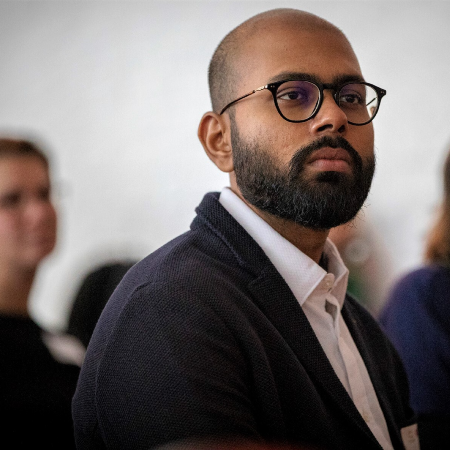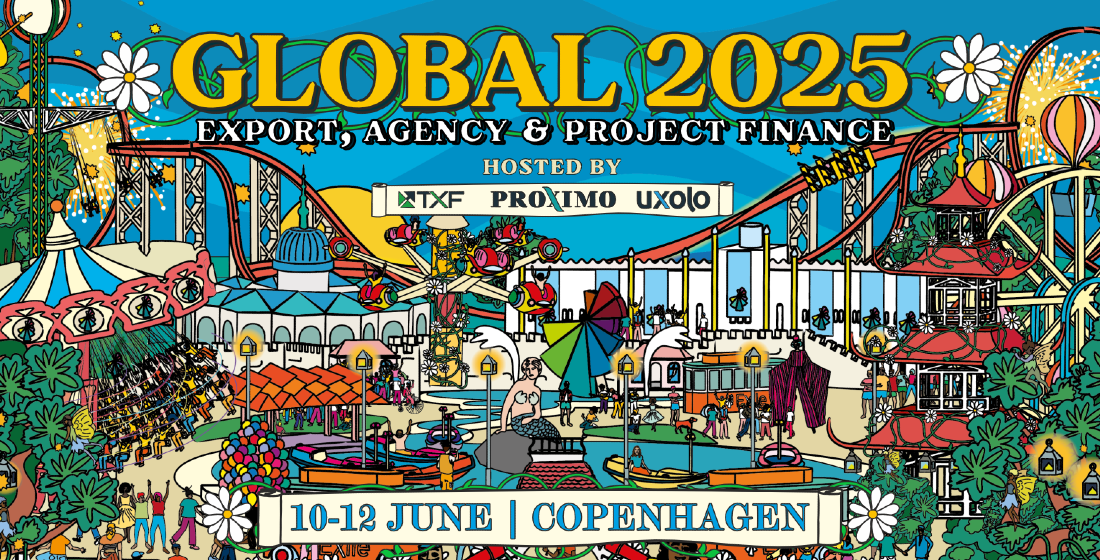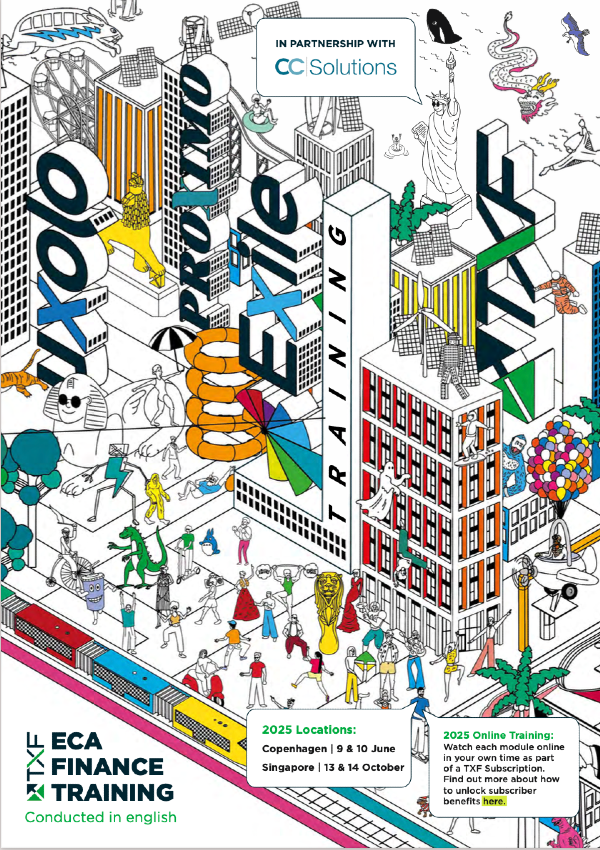What is holding blended finance back?
From a lack of common understanding, systematic metrics to evaluate impact to opacity in data, MDBs and DFIs weigh in on the challenges of structuring a blended finance deal.

In July 2015, amidst much fanfare, ‘blended finance’ was presented at the Third International Conference on Financing for Development in Addis Ababa – also known as Addis Ababa Action Agenda – as a potential solution to bridge the trillion-dollar investment gap to achieve the UN’s Sustainable Development Goals (SDGs). Six years later the global volume of blended finance still appears to be a trickle.
Some Development Finance Institutions (DFIs) argue that a lot of blended finance goes under the radar. Market statistics on blended finance are not reliable because development and impact finance players often simply don’t use the blended finance label. For example, “Trade & Development Bank (TDB) has a hybrid public-private equity capital structure, with both sovereign and institutional shareholders. Furthermore, through our debt capital as well as the financing we deploy, we receive and extend concessional capital, guarantees, and technical assistance. So, we are actually practicing blended finance” says Namasiku Birk, Head of Coverage for Southern Africa at TDB.
But even allowing for under-reporting, in September 2021 the International Chamber of Commerce (ICC) still felt it necessary to publish a white paper with a headline recommending “scaling support for innovative export finance deals, including leveraging blended finance structures to meet the capital expenditure needed to meet the SDGs”. That white paper was produced in collaboration with the Rockefeller Foundation and 16 major banks, so clearly the ICC and those institutions believe there is considerably more that could be achieved via blended finance than has been to date.
Striking the right balance
But while the demand is there, the hurdles to a significant blended finance volume are many. Deals are judged against criteria such as how well structured they are, whether they address development and impact goals, and lastly, the ‘demonstration effect’, which entails the replicability of a deal. DFIs and Multilateral Development Banks (MDBs) often struggle to identify other funding providers or donors that align with their objectives – for example the difficulty of matching the national export focus of Export Credit Agencies (ECAs) with non-partisan DFI objectives.
Mixing and matching multiple stakeholders – typically DFIs, ECAs, charities, impact investors, and even commercial lenders – with different objectives and goals is key to blended finance. Bringing them together and finding the optimal structure for financing projects is a major hurdle, particularly with regard to the allocation of risk and return among the various financiers and their respective objectives. On the one hand, excessive concessionality can run the risk of distorting or disrupting the markets, on the other, frugal concessionality lacks the ability to entice private investors to appropriately replicate similar transactions in the future.
Concessionality can take many forms, like longer maturity or lower interest rates. For example, the Green Climate Fund (GCF), established in 2010 within the framework of the UNFCCC to counter climate change, contains a large box of blended finance structures. “The purpose of GCF is to improve infrastructure for science, so there are longer tenor periods and it’s a blending of interest rates, so it is more attractive to investors because they can get a cheap loan for it and incentivise investment in green technology,” says Christian Kleboth, head of loan syndications at EBRD.
Commercial viability over time is also an important consideration in structuring a blended deal. “When a project is designed, the blended finance portion has to be visibly fizzling out, and from a certain point, it has to become commercially viable,” says Albena Melin, deputy director, donor co-financing at the EBRD. “We assess the potential development impact of a project, and if we're envisaging a huge development impact, we might need to allow for some higher concessionality to make it happen. Not 20% but maybe 30% or 35%, which is a huge amount of concessional financing. But then you have to refinance it later on, on a purely commercial basis before the project is over. So, the whole blended finance part stops much earlier and you must make an assessment about how much development impact can be achieved. And does the larger development impact actually justify a higher amount of blended finance initially? These are all questions we and other DFIs are grappling with when investing in the private sector in transition countries and emerging markets.”
What is the impact?
Impact evaluation is a pivotal factor grounding several blended finance deals. “The problem with impact evaluation is that very few investors sit down before a deal and give a roadmap,” says Jacopo Gadani, associate banker, sustainable resource investments at EBRD. “In the private sector, very few investors properly map the impacts of the projects. Everyone talks about ESG data, but no one talks about how they can appropriately and systematically compile the data or measure the data. There is a lot of noise and misunderstanding. No one is asking what is the materiality-driven data I need? That’s why the sector is still puzzling.”
The paucity of a set standard in the market to measure impact poses a challenge, with DFIs and MDBs attempting to pull the market together. For instance, the International Finance Corporation (IFC) released the Operating Principles for Impact Management in 2019, which was based on their internal system for rating and monitoring investments. “We’re looking at ways to scale up partnerships with institutional investors,” says Sabrina Borlini, global director of syndicated loans and mobilization at IFC. “Some investors are constrained by local regulations. Going forward we are aligning our entire investment book by 2025 to the Paris climate agreement, and part of that effort aims to use our impact evaluation tools to justify the alignment to the Paris Agreement. We’re increasingly trying to share our impact methodology with investors as a way to help them overcome the regulatory constraints that limit their ability to invest with us – they may be able to tap new pools of capital if they can track the impacts of the lending that they're doing,” adds Borlini.
While commercial impact investors abstain from using blended finance and define their development impact on a purely commercial basis, social impact investors and philanthropies donors like the Rockefeller Foundation and Bill & Melinda Gates Foundation, offer concessionality to achieve the SDGs. “I think donors, who also happen to be our shareholders, are also driven by political motivation. Donors are becoming more sophisticated in their understanding of the DFIs business models, and they are starting to develop new ways and innovative instruments in which their Official Development Assistance funds can be used. Five years ago, barely anyone spoke of guarantees. Donors don’t just want to give away grants as pure subsidy anymore, even though the highest amount of donor funds that we get at EBRD is still in the form of grants but we also get concessional loans and guarantees,” says Melin.
Besides assessing impact based on SDGs and Agenda 2063 – a set of initiatives proposed and currently under implementation by the African Union – some DFIs evaluate blended finance by the ability of concessional lending to bring in private third party capital, specifically assessing whether without concessional lending would DFIs still be able to do a particular project.
Opacity of data
The scarcity of readily available, standardised, and transparent high-quality data on investment projects in emerging markets, has the potential to skew risk perceptions and lead to suboptimal investment decisions. “The companies have the data, but they don’t want to reveal it, unless it is requested by regulations or other mandatory standards,” says Gadani. “Companies want to keep a low profile because disclosing all information could also raise complaints and questions from stakeholders, as we are currently seeing with the pressure from NGOs on the oil & gas sector for instance.”
There is one significant data source – the Global Emerging Markets (GEMs) Risk database. GEMs is the world’s largest default and loss database for the emerging markets business of international financial institutions (IFIs). It pools data on credit default rates from customers funded by the contributing IFIs, their rating migration and the recovery rates of defaulted projects. It was envisioned to allow development banks to better manage their own credit portfolios, but it is not free and open which is significantly holding back the provision of private capital.
Due to the lack of accessible data, it is difficult to link the blended finance supply to the investment/project demand. “It is important to know which key players will bring concessional funding. What are the conditions for accessing that funding? What is on offer in terms of technical expertise or grants? Are they sector specific? That sort of database is missing,” says Birk.
The lack of historical data or track records in emerging markets exacerbates the issue. Consequently, “in the DFI Working Group on Blended Concessional Finance, we are talking now of possible ways to disclose the concessional part of blended finance publicly,” says Melin. “Some DFIs have started publishing it on their websites. We are looking into this at EBRD, because all data actually helps in making a better and more informed decision when you structure a deal.”
In October 2021, the Investor Leadership Network (ILN), in collaboration with The Rockefeller Foundation, released a Blended Finance Blueprint, proposing seven specific actions the blended finance community can take to reduce risk and increase sustainable investments in emerging and frontier economies. The report asks public sector actors MDBs, governments, and foundations to change how they involve the private sector in financing global sustainable development. “Private investors face an unattractive risk-return nexus; they lack easy access to crucial information: example, which projects the public sector is planning that they could take part in, and what they entail. Exposure to the risks of investing in less mature markets, with insufficient insurance available, deters them as well,” the report says.
The solutions presented by the ILN’s blueprint include: creating a rolling pool of funds offering first or second-loss guarantees so the private sector can cover currently hard-to-insure risks such as those relating to regulatory changes, taxation, and reputational risk; creating a separate facility to help with one of the biggest obstacles, foreign exchange risk; creating a detailed shared database of projects that MDBs are screening so that private investors can express an interest early on; setting up a searchable virtual toolbox so investors can more easily find the plethora of currently little-known risk-hedging instruments that MDBs and philanthropic organizations offer; give the private sector full access to emerging market risk data and information.
Requirement for skills
Alongside the paucity of relevant data, blended finance suffers from a lack of adequate technical assistance and skill sets availability, particularly in emerging markets . “ For bespoke projects, the skill sets may not be as available,” says Birk. “And of course, the cost price of the blended finance advisors could be on the high side.”
The issue particularly affects blended deals for climate financing. “People in the asset management industry still don’t completely understand climate finance. There is a big problem of educating people,” says Gadani. “ESG is softer than climate finance and climate finance is very technical and specific. Therefore, there is the need to set up a proper education in the financial industry.”
The task of creating technical awareness goes beyond asset managers, DFIs and MDBs and stretches to governments in developed and developing economies. “We need to identify individual countries’ strategies and focus areas, so we can go as multilateral banks to governments and tell them that we can assist with projects because we know the funders and the developers. Being able to tell member states what the challenges and bottlenecks are is important because they can play a big role in blended finance for particular projects which have big impact, like providing land for free and natural resources. That knowledge sharing with sovereigns is sometimes a challenge because they may not be closely considering blended finance – it is mostly being talked about in the banking sector,” says Birk.
Post pandemic, expanding the global project “pipeline remains a big focus,” says Borlini. Blended finance could be a major part of the solution if more precedents are set. “Many projects need a long-term gestation period to get started and bring the players together. So, IFC is doing a lot more investing in development of a strong pipeline of bankable projects, creating an enabling environment for private capital flows, and creating precedents.” The IFC is not alone in that strategy, but considerably more needs to be done by all potential stakeholders in blended finance if the lend in blend is to come to the fore.





